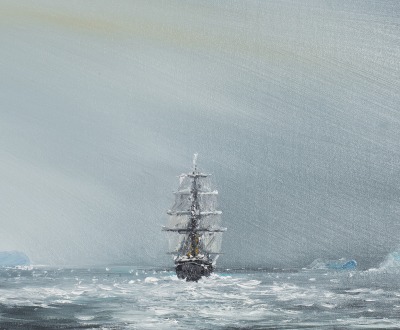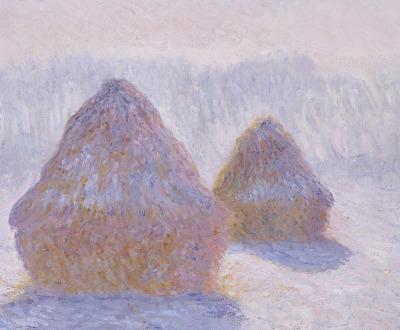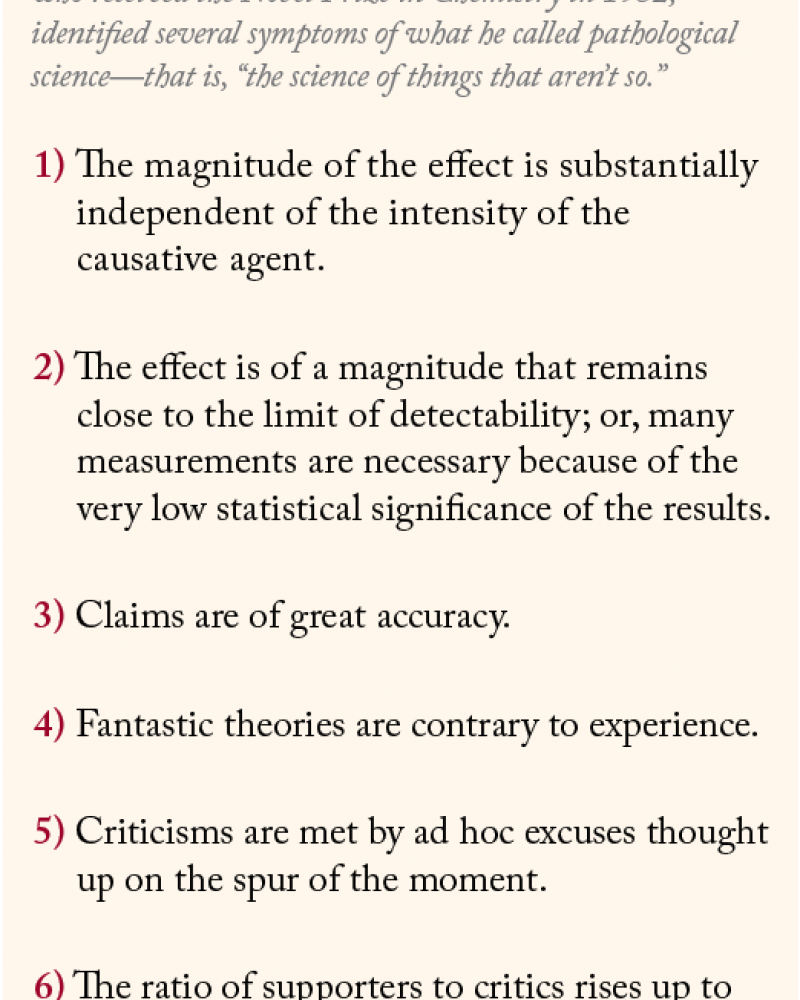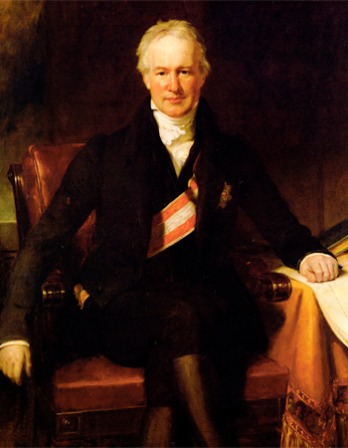
Photochrome of a glacier, Grindelwald, Switzerland, c. 1890. © Rijksmuseum.
VIEW:
Miscellany
“Utter damned rot!” is what William Berryman Scott, a former president of the American Philosophical Society, said in response to Alfred Wegener’s theory of continental drift, first proposed in 1912. “Wegener is not seeking the truth,” said a doubtful geologist, “he is advocating a cause and is blind to every argument and fact that tells against it.”
Nature has planted in our minds an insatiable desire to seek the truth.
—Marcus Tullius Cicero, 45 BC











